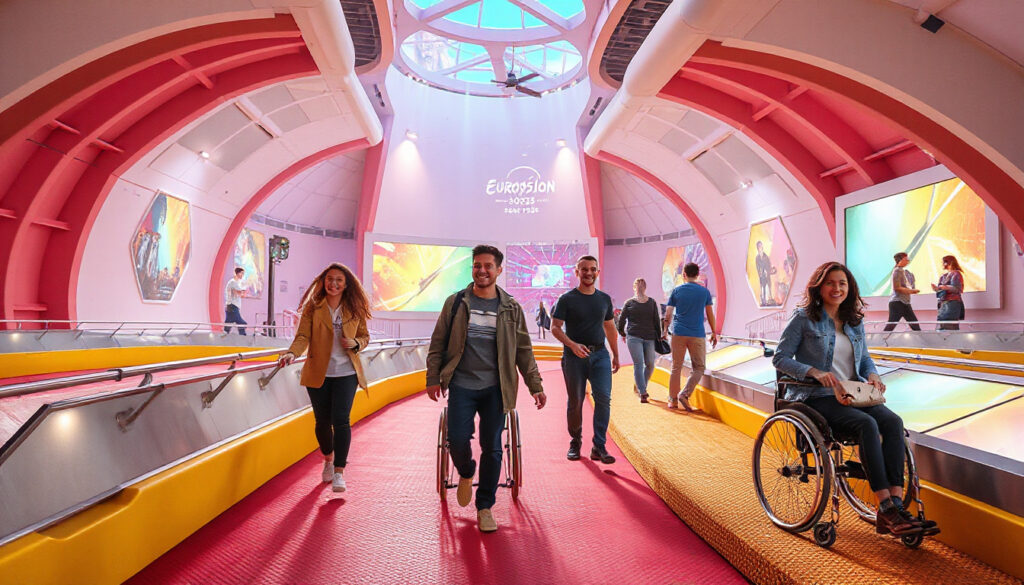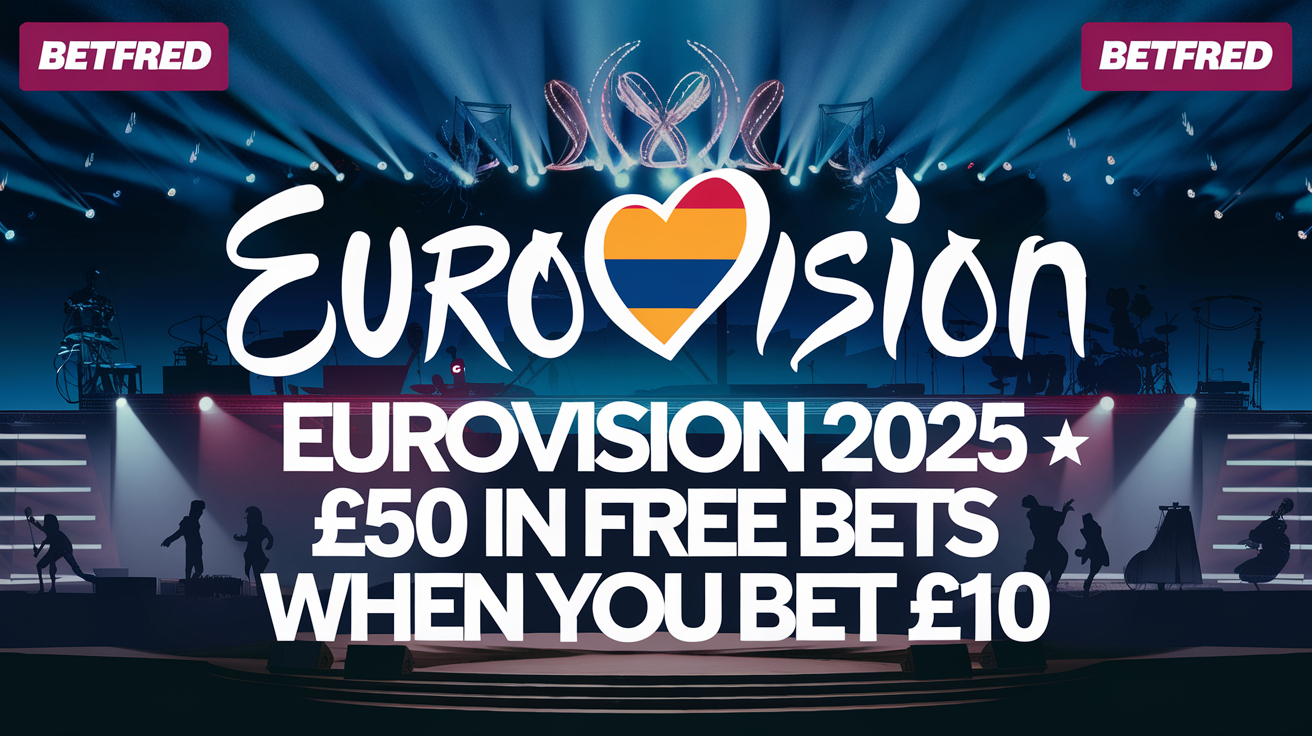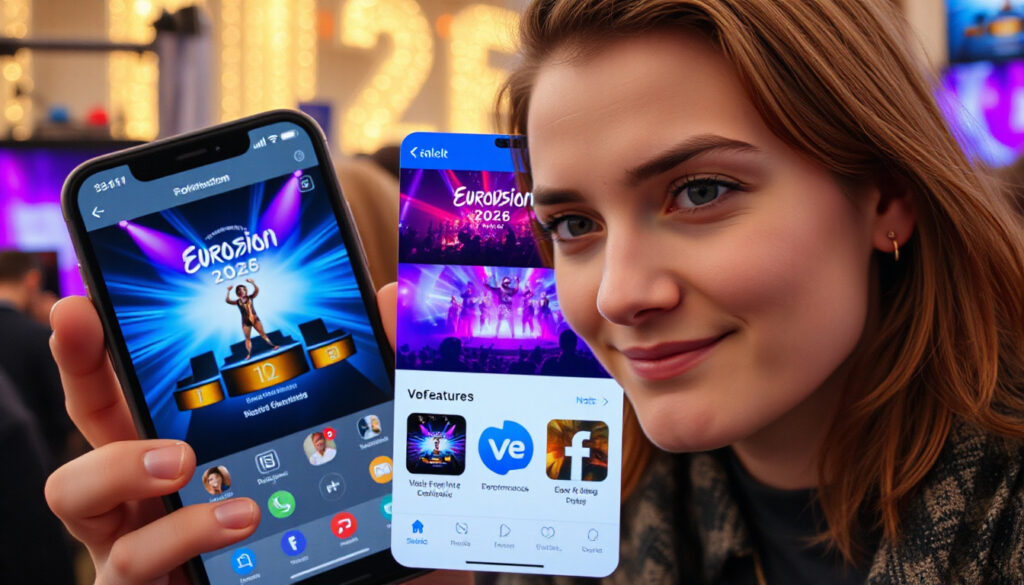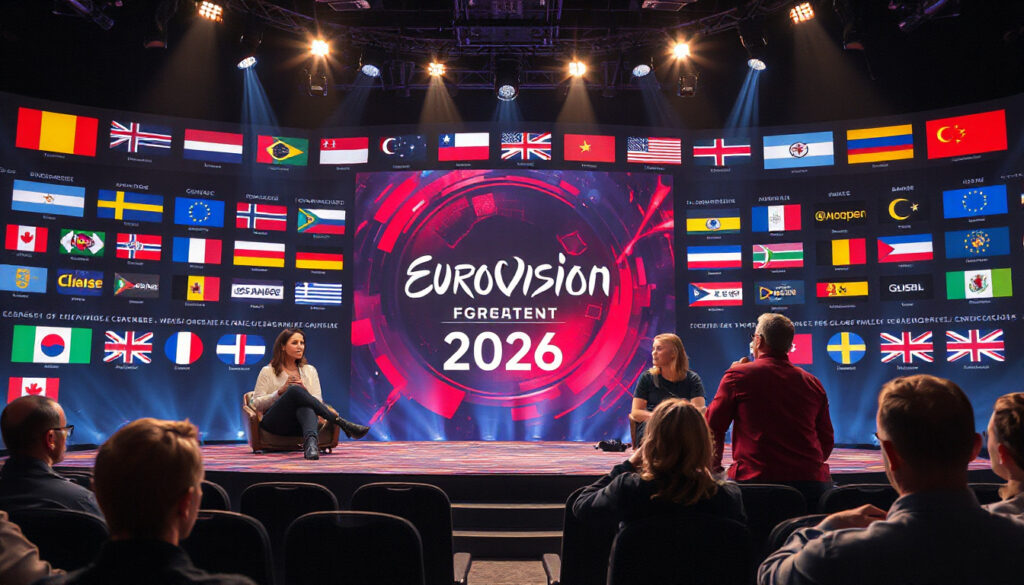Joining a big event like Eurovision excites many fans. Some face extra challenges when a site, transit, or chat does not work well with their needs. If you plan to be at Eurovision 2026—as a fan, performer, or guest—learn how the team works to keep the event open and clear.
Here is a close view of how the venue will work for all. The plan cuts down on gaps and makes it simple for each person to enjoy the music, show, and community.

Why Accessibility Matters at Eurovision 2026
Eurovision is not just a song contest; it brings people from many lands and walks of life. A site built with care lets each guest move and join in on their own terms. The design serves people with different bodies, hearing, sight, and thinking needs. When a site is built this way, the area is simple to move through and words are easy to know.
Key Accessibility Features of the Eurovision 2026 Venue
1. Barrier-Free Physical Access
-
Wheelchair-friendly entrances and seating: The hall has special areas for wheelchair users. Seats sit close to help friends stand by. Elevators help people move among different levels.
-
Parking and drop-off points: Parking spots for people with disabilities sit near the building entry. Clear paths lead you to the door so you need not walk far.
-
Accessible toilets: There are many toilets that work for wheelchair users. They sit near main spots, and some use a special key for privacy and ease.
-
Pathway and venue navigation: Routes lead to and through the hall with smooth ground and clear marks on the floor. Big signs show you where to go.
2. Inclusive Hearing and Vision Assistance
-
Multiple audio help options: The venue gives low-delay audio streams and has speech-to-text on mobile phones. FM systems work well for those using hearing devices.
-
Sign language interpretation: Live sign language shows support guests who use visual cues. Major local languages appear so each person follows news and acts on stage.
-
Audio description services: Guests with sight challenges can choose audio descriptions. These speak out the actions on stage and all the visual parts.
3. Sensory-Friendly Experiences
-
Multi-sensory dance events: These events use light shows, soft vibrations, and touchable items so that all guests can feel each beat. The event helps even those who may not hear every tone.
-
Quiet rooms: There are calm spots for resting away from loud sounds or crowds. These rooms help guests who feel overwhelmed by sensory loads.
4. Support Services and Information
-
Assistance booths: Near main doors, information booths stand ready to help. Staff here show you how to use equipment and point out support points.
-
Companion tickets: If you need a helper, the venue lets you get a friend’s seat without extra cost. This rule makes sure no one feels left out at the live show.
-
Community projects: Local groups have checked the hall and nearby roads to fix gaps. Their work helps keep the plan tuned with what guests really need.
Getting to the Venue—Accessible Transport Options
Access to the site matters. The Eurovision 2026 team has set plans with local transit groups:
-
Public transport: Tram stops sit near the hall and work for wheelchairs. Clear signs help you choose your path. Note, however, that some train stops might not work perfectly, so think of other ways.
-
Taxi and ride services: A list of taxi firms with wheelchair-ready rides stands ready for booking. This plan gives you door-to-door travel when you need it.
Putting Accessibility Into Practice: Examples from Previous Events
Past Eurovision shows in Basel and Vienna gave good clues for a friendly site. For example:
-
In Basel, the site streamed low-delay audio on phones with multiple audio help and sign language options. FM systems worked well too, and each listener got a clear word and note.
-
In Vienna, hall seats worked for wheelchairs and hearing aids. Restrooms served the guests well and sat right near the main door.
These sites show that a well-done plan can serve everyone without losing the spark of the live show.
Tips for Visitors with Disabilities Planning to Attend Eurovision 2026
-
Look at the map and guide of the hall before you go. Mark key entries, seats, and spots built for you.
-
If you need help, get your friend ticket early.
-
Pick a transit option that meets your needs. Check the tram routes and taxi list.
-
Use the audio, sign language, or speech tools. Tap the QR codes or ask at the help booth.
-
Plan to take little rests in a quiet room if you find crowds too strong.
How Accessibility Enriches the Experience for All
A site built for all creates smoother paths and clear signs that help every guest. Words spoken and sounds described bring the show to many. Good design shows that new ideas may work for everyone.
Eurovision 2026’s plan for easy access shows a wide shift in how we see different ways of being. It makes live shows more friendly and full of life.
What’s Next?
Tickets for Eurovision 2026 will likely come out early that year. If you want to join in or help:
-
Visit the official Eurovision or host city website for the latest details.
-
Use the provided help emails to talk with event staff about your needs.
-
Keep up on news about special side shows and programs built for all groups.
The show at Eurovision is a time to feel the music, connect with others, and share in joy. The care put into making Eurovision 2026 simple for all shows a strong wish that no one stays out. This plan fits the heart of Eurovision, shining light on every guest.







